Yes, it’s that time again. Time for us to tell you how dirty and germ-infested everyday objects are. But today, we’re not just talking about an ordinary object. We’re talking about that which makes the world go round: money.
Everyone knows coins and cash are filthy. They constantly exchange hands, and who knows where that dollar bill has been. But money comes in many different forms, and more and more, it’s in the form of plastic. Did you ever consider that your credit or debit card, although it’s only used by you, may still be coated with microbes?
Mo’ Money, Mo’ Problems

For comparison purposes, we wanted to know roughly how many bacteria have been found on the average dollar bill. The answer: about 3,000 types of bacteria. Many of them are harmless, but studies have also found instances of pathogenic or drug-resistant bacteria on a small percentage of bills.
The most common microbes found on bills are skin bacteria, which aren’t harmful. If you read our Microbes & You post, then you already know that our bodies are made up of trillions of microbes, many living on our skin. So it should come as no surprise that when we’re handling money, some of our skin microbes move out. What microbe wouldn’t be dazzled by the thought of making money its new home?
Other common money dwellers include mouth microbes because people often lick their fingers when they count bills. You see, we’re not trying to scare you or tell you to give all your money away. We’re just trying to help you remember not to lick your fingers or put your hands near your mouth after you’ve handled money.
Shiny Plastic, What Are You Hiding?

Okay, we get why cash is so dirty. But our credit cards aren’t passed around the globe, and most people probably aren’t licking their fingers to count cards, so they can’t be that dirty, right?
According to a study done by Dr. Ron Cutler at the University of London, nearly half of our credit cards could be carrying high levels of bacteria. The study analyzed 45 credit cards and found that 47% showed high levels of bacteria, including E. coli and S. aureus. Overall, 80% of credit cards tested showed traces of bacteria, and some even carried more germs than the average toilet seat.
The toilet seats examined had 10-20 bacterial colony forming units (CFUs) in every 4 square centimeters, while heavily contaminated credit cards had more than 60 bacterial CFUs in the same size area. Eeek!
Although this was a small-scale study, it makes sense that the findings would be true in most cases. Many of us handle credit cards on a daily basis, but it’s unlikely that we have just washed our hands or even wash our hands directly afterwards. And those credit card machines are probably rarely wiped down.
So once again, the lesson learned here is to wash your hands. No need to microwave your money or your cards. Just carry some hand sanitizer or hand wipes with you. Good hand hygiene can help prevent the spread of infection.
Going Further
Want to do your own study? Use one of our Tryptic Soy/Rose Bengal Dipslides to perform a test on cash, coins and cards. TSA/RB dipslides can grow a wide variety of bacteria, yeast and mold, so it’s the perfect paddle for this study. Use one paddle per test, so if you are testing a dollar bill, a quarter, and a credit card, you will need 3 paddles. Touch both sides of the paddle to the item being tested for about 15 seconds per side. Then incubate the paddles at room temperature for up to 5 days. How much growth did you get?


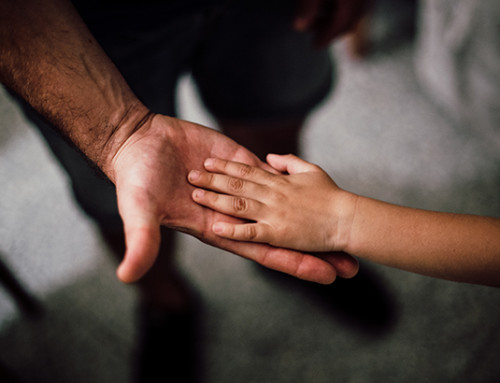
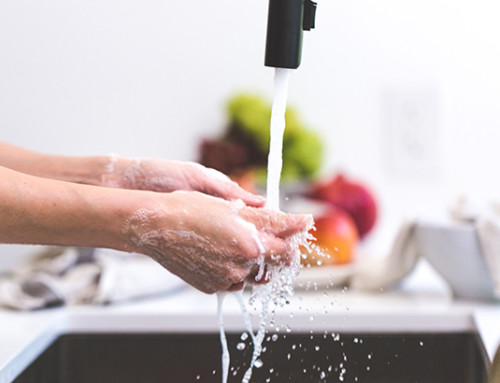
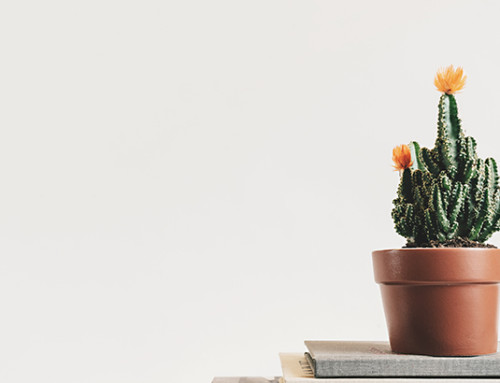
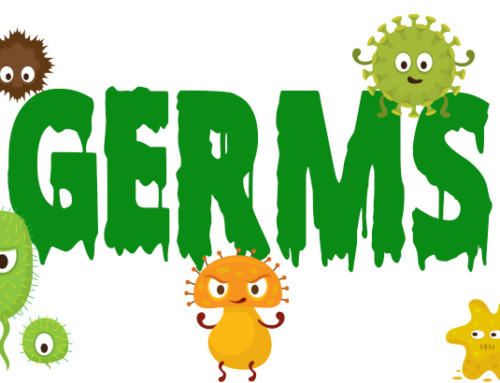
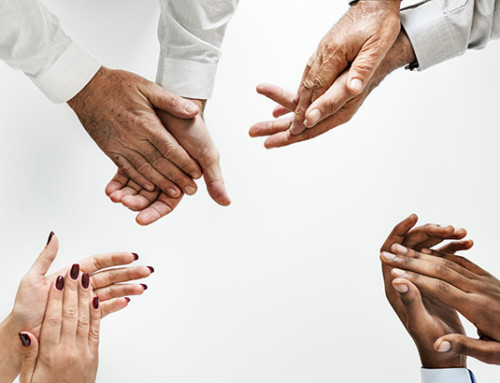
Leave A Comment